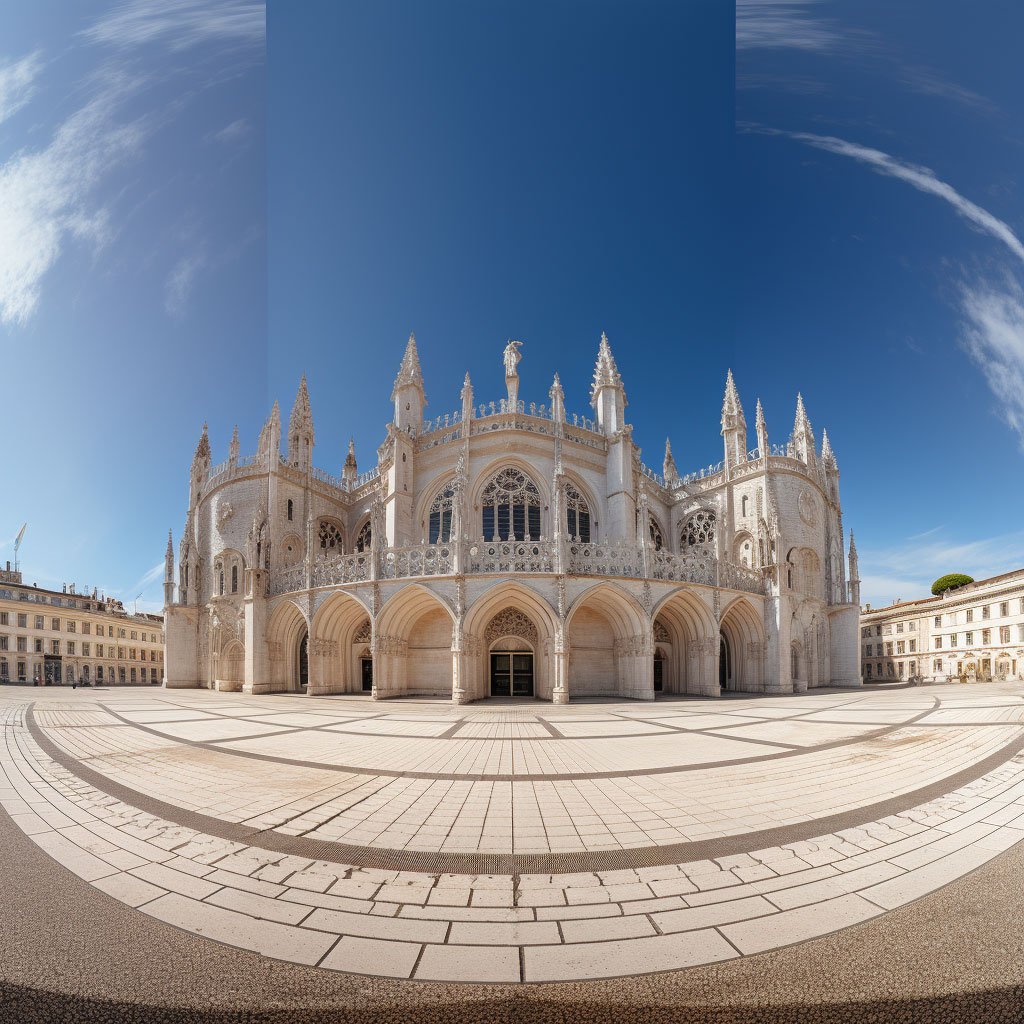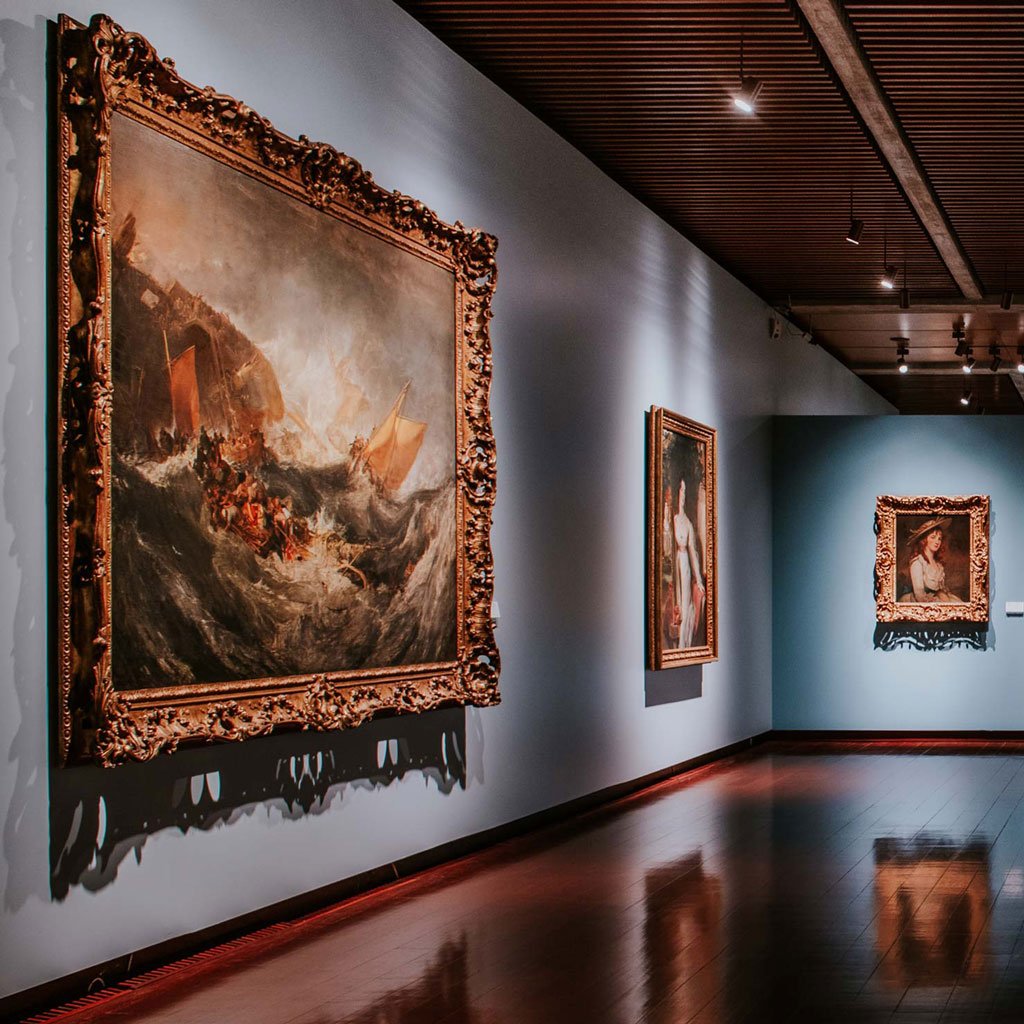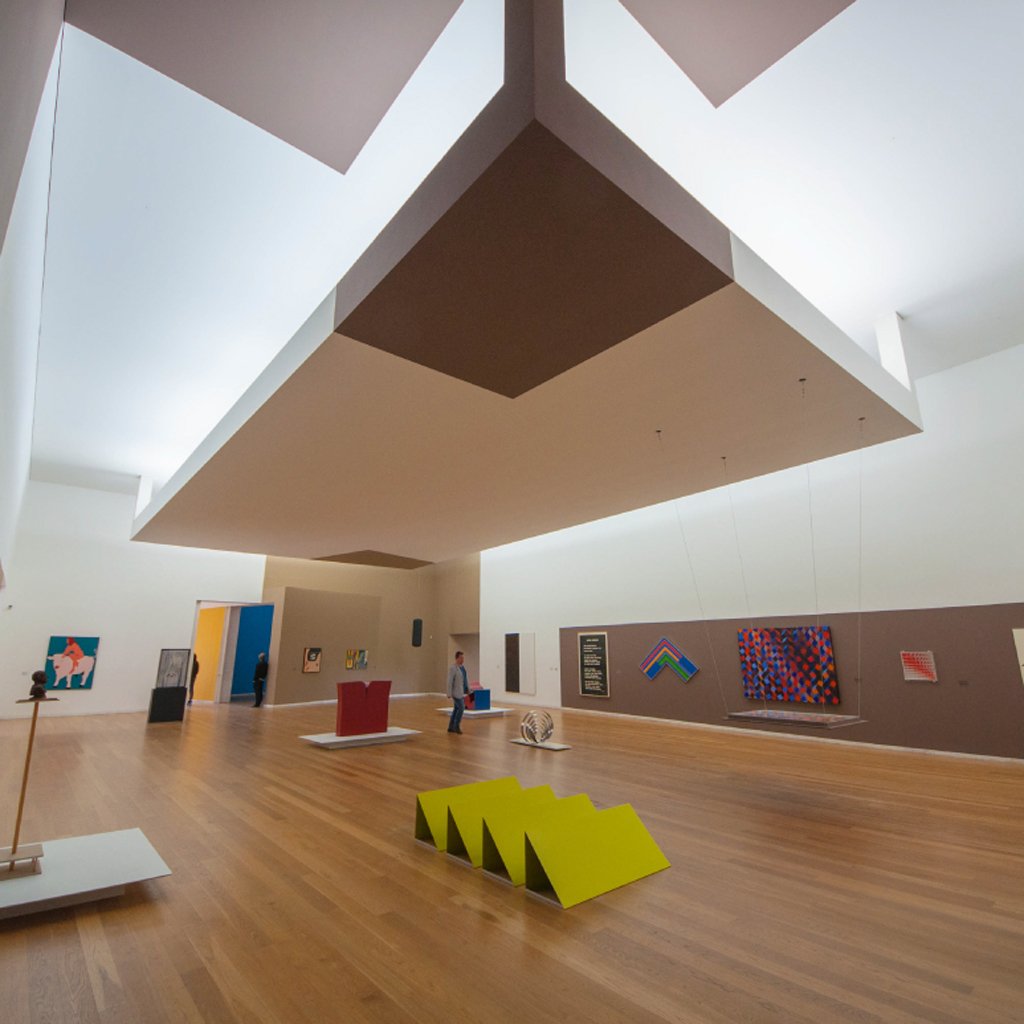Welcome, dear reader, to a journey through the artistic and architectural wonders of Portugal. This country, known for its rich history and beautiful landscapes, is also a treasure trove of artistic expression and architectural innovation. From the ornate Manueline style that flourished during the Age of Discovery to the seismic-resistant Pombaline style that emerged after the Great Lisbon Earthquake, each architectural style tells a story about Portugal’s past. So, let’s embark on this aesthetic journey and discover the art and architecture of Portugal.

Manueline Architecture
Our journey begins with the Manueline style, a distinctive architectural style that emerged in Portugal during the 16th century. Named after King Manuel I, who reigned during this period, the Manueline style is characterized by its ornate and intricate detailing, often incorporating maritime elements such as ropes, shells, and sea creatures in its design.

As we explore the landmarks of Manueline architecture, such as the Jerónimos Monastery and the Belém Tower in Lisbon, we marvel at the intricate stonework and the grandeur of the design. Each detail, each carving, is a testament to the craftsmanship of the Manueline architects and a reflection of Portugal’s maritime prowess during the Age of Discovery.
Pombaline Architecture
From the ornate grandeur of the Manueline style, we move to the pragmatic elegance of the Pombaline style. Named after the Marquis of Pombal, who was the Prime Minister of Portugal when the Great Lisbon Earthquake struck in 1755, the Pombaline style is characterized by its seismic-resistant design and its utilitarian approach.

The Pombaline style emerged in the aftermath of the earthquake, which devastated Lisbon and prompted a complete rebuilding of the city. The new buildings were designed to withstand future earthquakes, incorporating a wooden structure known as the “Pombaline cage” that allowed the buildings to sway during an earthquake without collapsing.
As we explore the Pombaline district of downtown Lisbon, we admire the uniform facades of the buildings, their simple elegance a stark contrast to the ornate Manueline style. But beneath the simplicity lies a sophisticated design, a testament to the ingenuity of the Pombaline architects and their response to the challenges of their time.
Museums: Showcasing Portugal’s Artistic Heritage
From the architectural wonders of Lisbon, we journey into the world of art, visiting some of Portugal’s renowned museums. These museums, with their diverse collections and innovative exhibitions, offer a glimpse into the country’s rich artistic heritage.

Our first stop is the Calouste Gulbenkian Museum in Lisbon. Home to a vast collection of artworks from around the world, the museum is a testament to the vision of its namesake, Calouste Gulbenkian, a businessman and philanthropist who amassed an impressive collection of art during his lifetime. As we explore the museum, we marvel at the diversity of the collection, from ancient Egyptian artifacts to European paintings and decorative arts.

Next, we journey north to Porto, where we visit the Serralves Museum. Known for its contemporary art exhibitions and its stunning Art Deco architecture, the Serralves Museum is a hub of creativity and innovation. As we wander through the museum, we are inspired by the thought-provoking exhibitions and the dynamic interplay between art and architecture.
Conclusion: A Canvas of Creativity

Our journey through Portugal’s art and architecture comes to an end, but the impressions they leave are lasting. From the intricate stonework of the Manueline style to the seismic-resistant design of the Pombaline style, and the artistic treasures housed in the country’s museums, we’ve discovered a canvas of creativity that tells the story of Portugal’s past and present. As we conclude our journey, we invite you to continue exploring, to keep seeking out the stories that these works of art and architecture tell, and to let the beauty of Portugal inspire your own journey.
